Hire cart - {{ cart.TotalQuantity }} item{{ (cart.TotalQuantity != 1 ? 's' : '') }}
Cart is empty. Add gear you want to your hire cart and review them here.
There are no branches matching your search.
Login to view or create favourites and other benefits.
Register to start speeding up your hire process and keep track of your hire history.
Nice to see you again. We've made a few changes since you were last here.
Pick a colour
Favourites ({{ userFavourites.length }})
Add your frequently hired items to easily view and hire them again.
Keep your contact information with us up to date so you get the latest and best rates with us.
Hire cart - {{ cart.TotalQuantity }} item{{ (cart.TotalQuantity != 1 ? 's' : '') }}
Cart is empty. Add gear you want to your hire cart and review them here.

Drilling accurate holes for your DIY or commercial construction project can be pivotal in the quality of the work you end up producing. Good drilling practice can make or break a project, with multiple errors often leading to a less-than-ideal result. Our purpose here is to lay out an easy-to-read, informative guide to drilling perfect holes every time, giving you valuable new skills and improving the quality of your current job and any future projects you work on.
We’ll start with the different reasons you may have for drilling holes, from hanging artwork and assembling furniture to fixing beams on a professional construction site. After that, we’ll go over a few benefits of hiring a drill versus buying one, followed by the preparation process you should check off before you start drilling; this includes a breakdown of some of the most popular drill bits and other relevant details. After we’ve got the bases covered, we can get into the process of starting to drill your holes, simple dos and don'ts, tips on technique, and the different methods you should apply depending on the context of the job you’re doing.
Popular Kinds Of Drill BitThe type of drill bit you’ll want to use varies from job to job, and each bit has its strengths and weaknesses when it comes to practical applications in your construction or household projects. Universal/Multi-Material BitsArguably the most common and versatile type of drill bit, they are most widely used for drilling timber and many softer types of metal. If you’re unsure as to which bit to use for your job, this may be your safest bet. Twist Drill BitsTwist bits are commonly used for the application of drilling steel. The shape and gradient of their thread are well suited to cutting through metals, making them ideal for drilling steel wrappings and similar jobs. SDS Drill BitsSDS bits are used for masonry work and thus won’t be ideal for most household projects. SDS bits and drills work in a similar way to hammer drills, with the exception that the hammer power is usually far greater than that of a regular handheld. These bits are perfect for hard stone and engineer bricks. Countersink Drill BitsA countersink is usually used before drilling larger varieties of screws - the purpose of this bit is to create a shallow cone-shaped circle in the wood for the head of the screw to fit into for a flush finish. Required personal protective equipment for drillingAs with any hire equipment, it’s important to take safety seriously. As part of this, you need to ensure you’re wearing the proper personal protective equipment. Each drill you hire from Hirepool will come with it’s own safety instructions for use. In saying that, persona protective equipment may include:
Many personal protective equipment is available to buy from your local Hirepool. |
Low Stock Call First
High Demand Product: We suggest making a booking for this item in advance.
Low Stock Call First
High Demand Product: We suggest making a booking for this item in advance.
Low Stock Call First
High Demand Product: We suggest making a booking for this item in advance.
Before you start, make sure you’ve ensured the area you’re drilling is free of any obstructions or infrastructure that could be damaged by a drill. This includes pipes, electrical wiring or any other exposed workings.
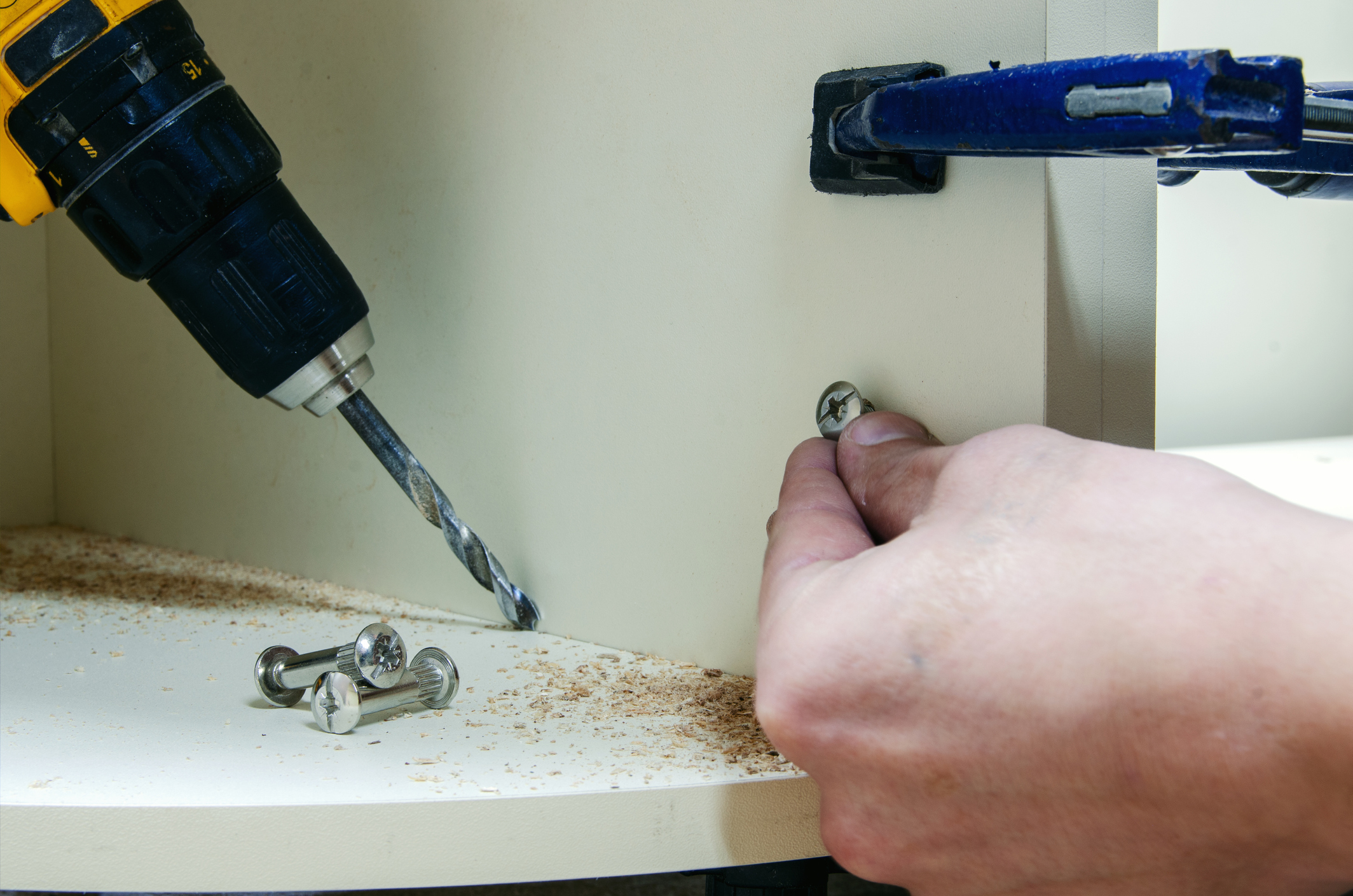
This means making sure you’re not just making an uneducated guess before you drill. For example, if you’re looking to drill into a joist (wooden support) behind a wall, look for telltale signs of its being there before you start - e.g. studs or nail heads leftover from construction. You may want to use a stud finder tool or try tapping the wall until it sounds solid instead of hollow. Another great trick for finding the stud is running a strong magnet back and forth over the wall until it connects to a gib screw. Knowing that studs are typically 450mm apart, it's fairly easy to estimate where to start scanning a magnet.
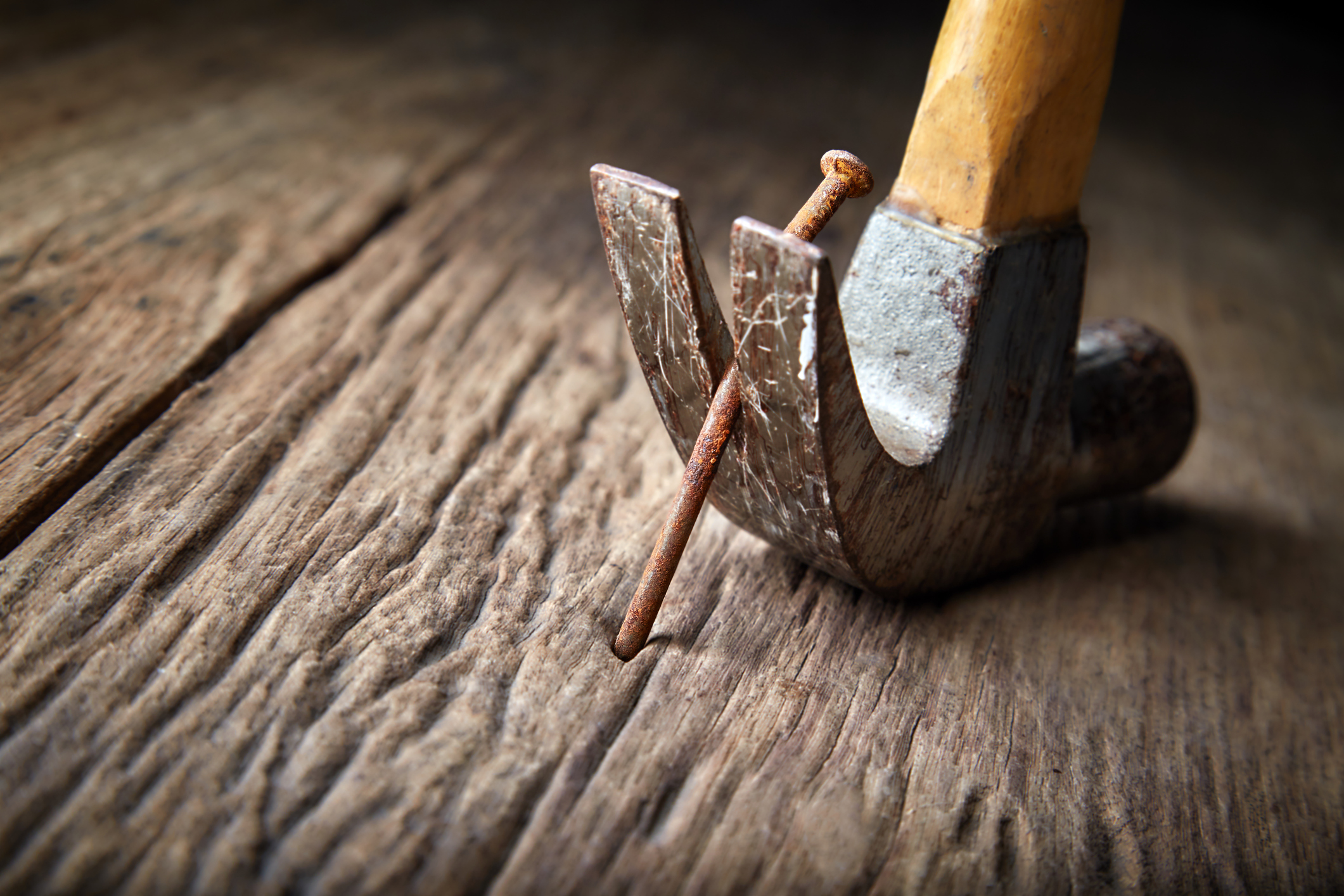
Before drilling, finalise your point and mark it with a pencil (or something that won’t leave a permanent mark). This will allow you to drill accurately.
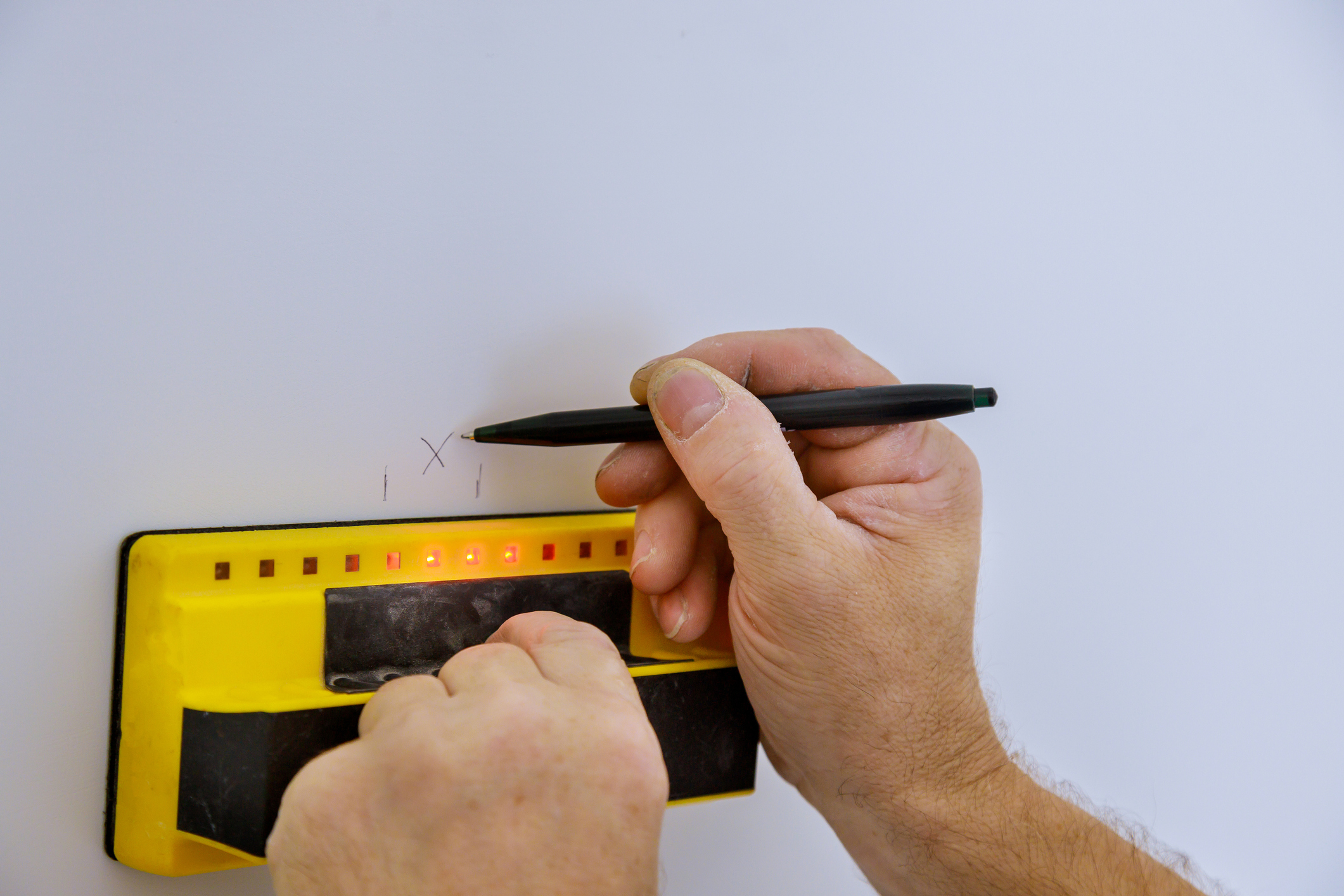
Use something like masking tape or a pencil to mark your drill bit with the depth you want to drill. You could make a rough measurement against the screw you intend on putting in afterwards to accomplish this.
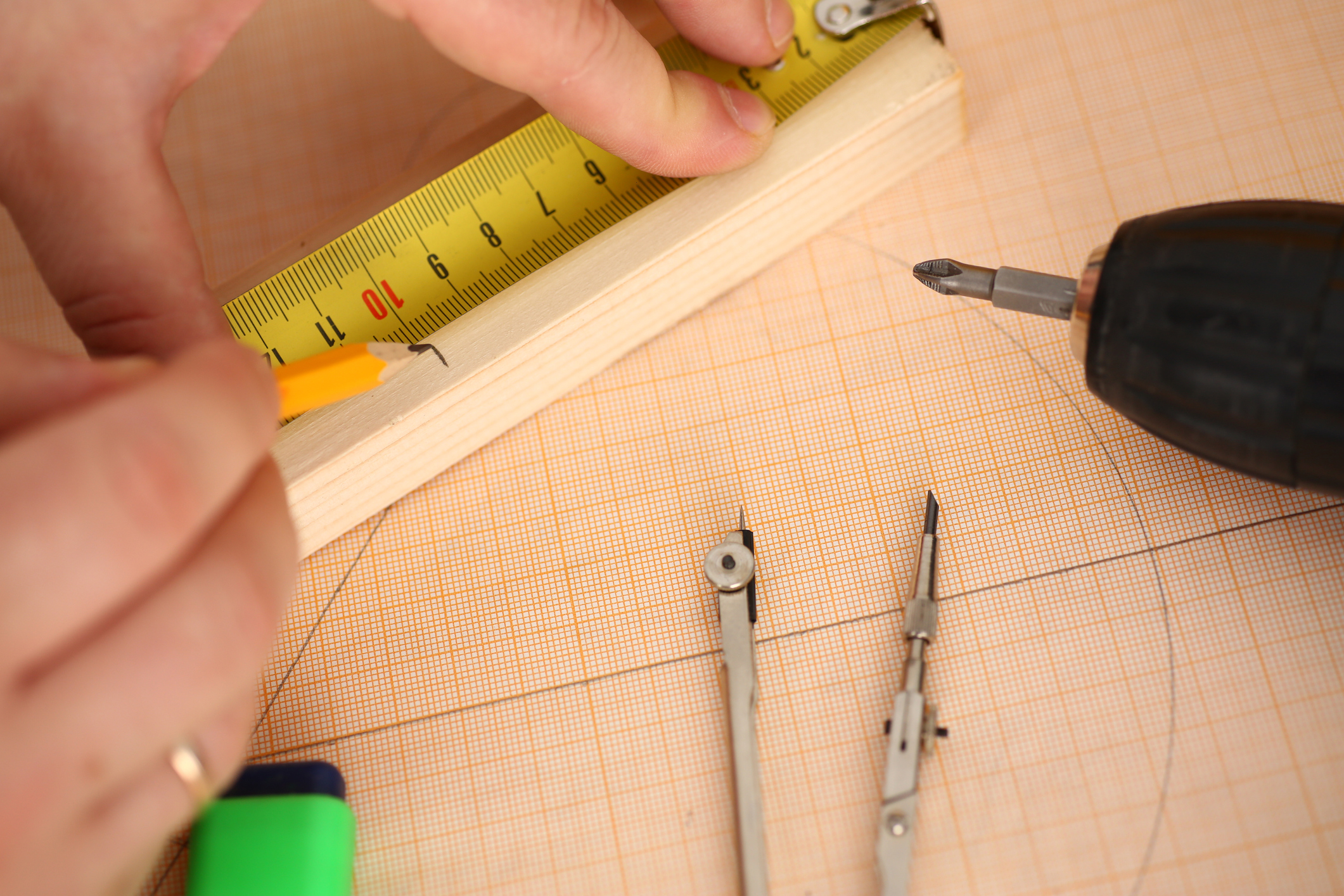
After you’ve prepared everything, set your drill to your desired function and place the drill bit on the point that you marked earlier.
Gently squeeze the trigger of the drill while holding it at the optimal angle. For most basic jobs, this will be exactly perpendicular to the drilling surface.
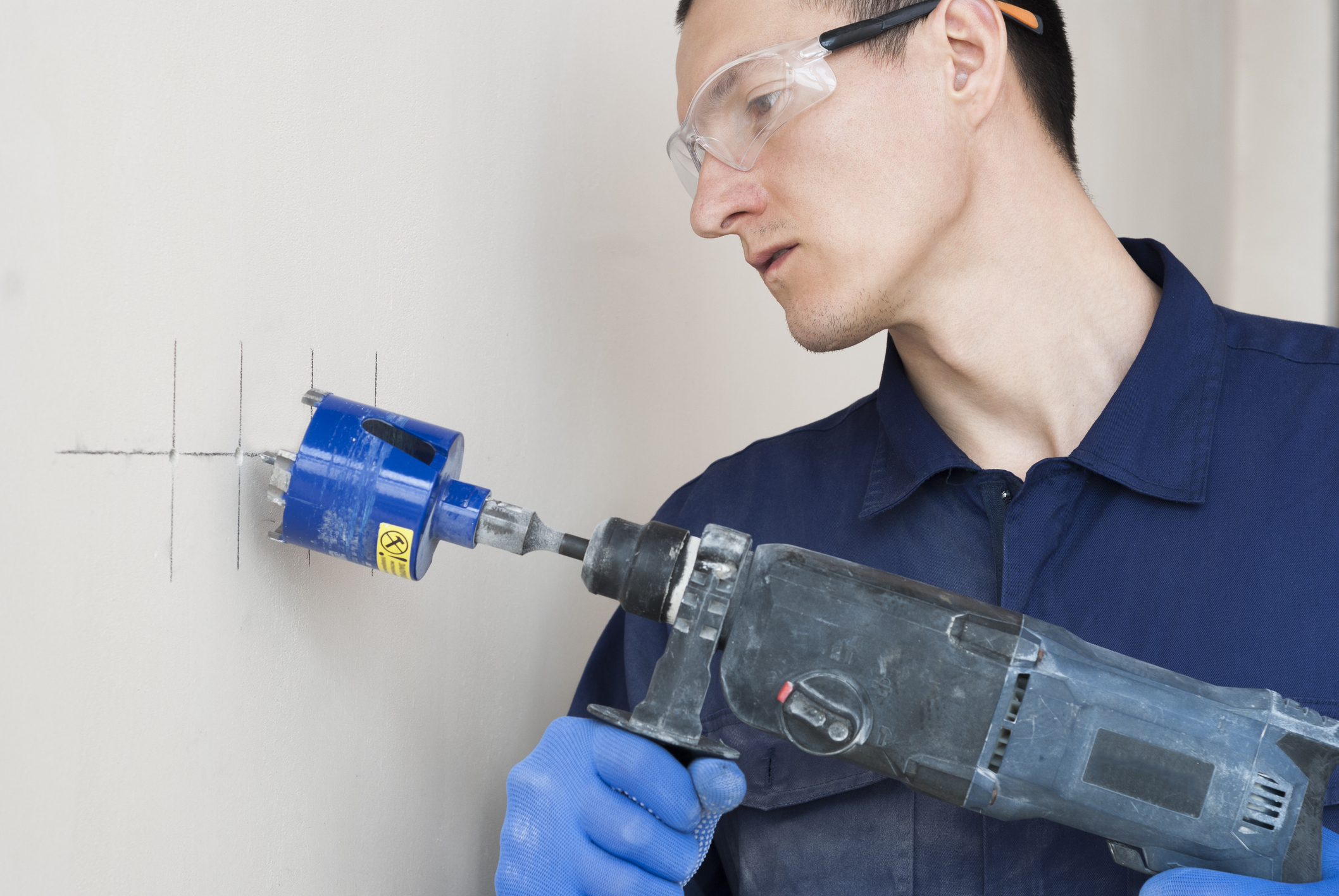
Hold the drill steady on a low setting until you feel the bit find purchase within the hole, then steadily increase the rotation speed until you’ve drilled to the desired depth.
Now, still holding the drill steady while running at full speed, squeeze the trigger again and withdraw the drill from the wall. The drill should release itself from the surface, leaving a cleanly drilled hole. Blow or wipe any chips or residue from the surface, and then you’re done!
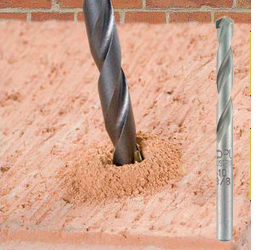
Congratulations! You’ve learned how to drill clean and accurate holes. This is a skill that will be highly applicable to your future hardware projects.
For you to carry out quality drilling and finish every other aspect of your project to the highest possible standard, you’re going to need the right gear for the job.
We have an extensive range of drills, from standard cordless to hammer drills, concrete drills and beyond. Don’t hesitate to get in touch to discuss your options.
At Hirepool, we’re always happy to help. You can browse our range of light to heavy-duty hardware at your local Hirepool branch or online, and speak to our local experts about which gear is right for your job. Let’s make your next project turn out the best it possibly can.
Other guides that may help you to get your job done include: